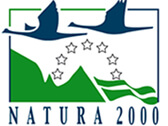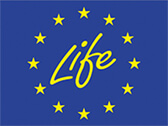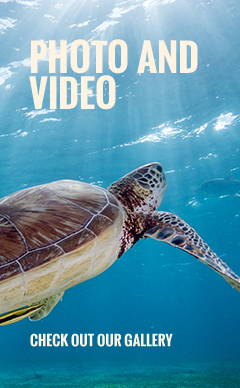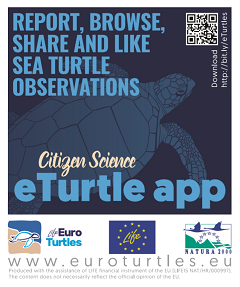The project will introduce at least three innovative approaches for sea turtle conservation: unmanned aerial vehicles (UAV), GSM-GPS tracking devices, and visual deterrents for fishing nets.
UAV will be used in two ways. First, to detect nests along large areas. This is a very cost-effective approach which dramatically decreases the cost per nest detected compared to ground surveys which require a high number of persons involved. Second, to identify the marine hot-spot areas. UAVs have the advantage of (i) lower cost per km surveyed, (ii) lower carbon footprint, (iii) higher operational flexibility (short preparation, on-site management).
GSM-GPS tracking devices will be developed by the project at low cost in comparison with the very expensive models available on the market, making it possible to track an adequately large number of turtles needed for hot-spot identification.
Visual deterrents in fishing nets are a recent approach for reducing turtle bycatch in fishing nets, while so far the solely available bycatch mitigation measure was the limitation of fleet size and/or spatio-temporal closures of gillnet fishing, which is obviously unrealistic. Illumination of nets by green-coloured light-emitting diodes (LED) has shown to increase gear visibility and reduce turtle bycatch by about 40%. However, in order to introduce this gear modification as a mitigation measure for sea turtle bycatch, it should not significantly reduce the catch of target species, therefore the project will also test this aspect.
Moreover a proper disposal/recycle strategy will be developed through LIFE EUROTURTLES project regarding the ghost fishing gear that will be removed from the sea bottom. The discarded nets in Cyprus will be chopped and recycled by converting this waste to energy.



